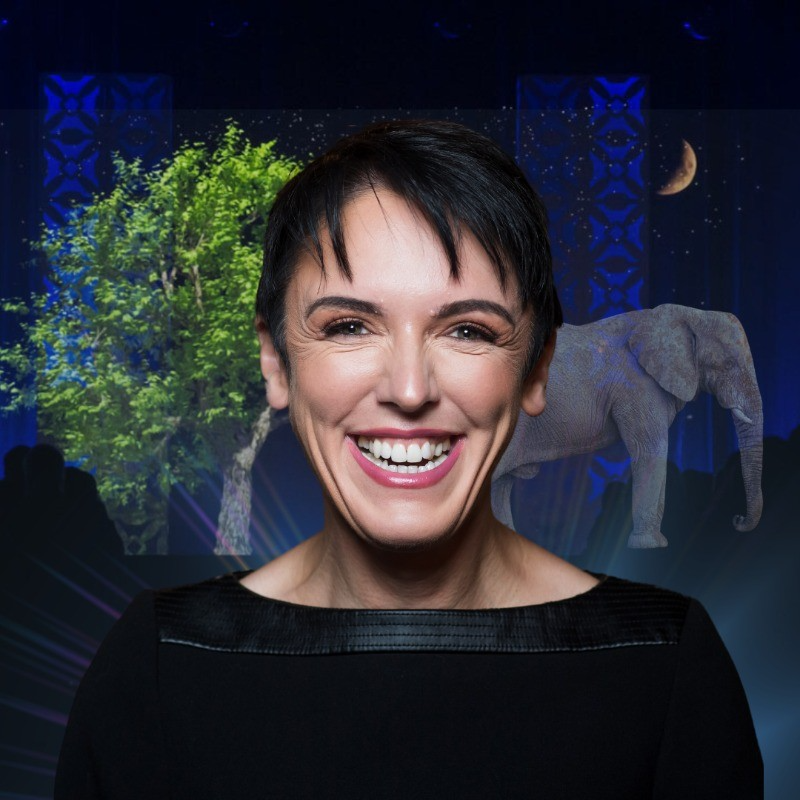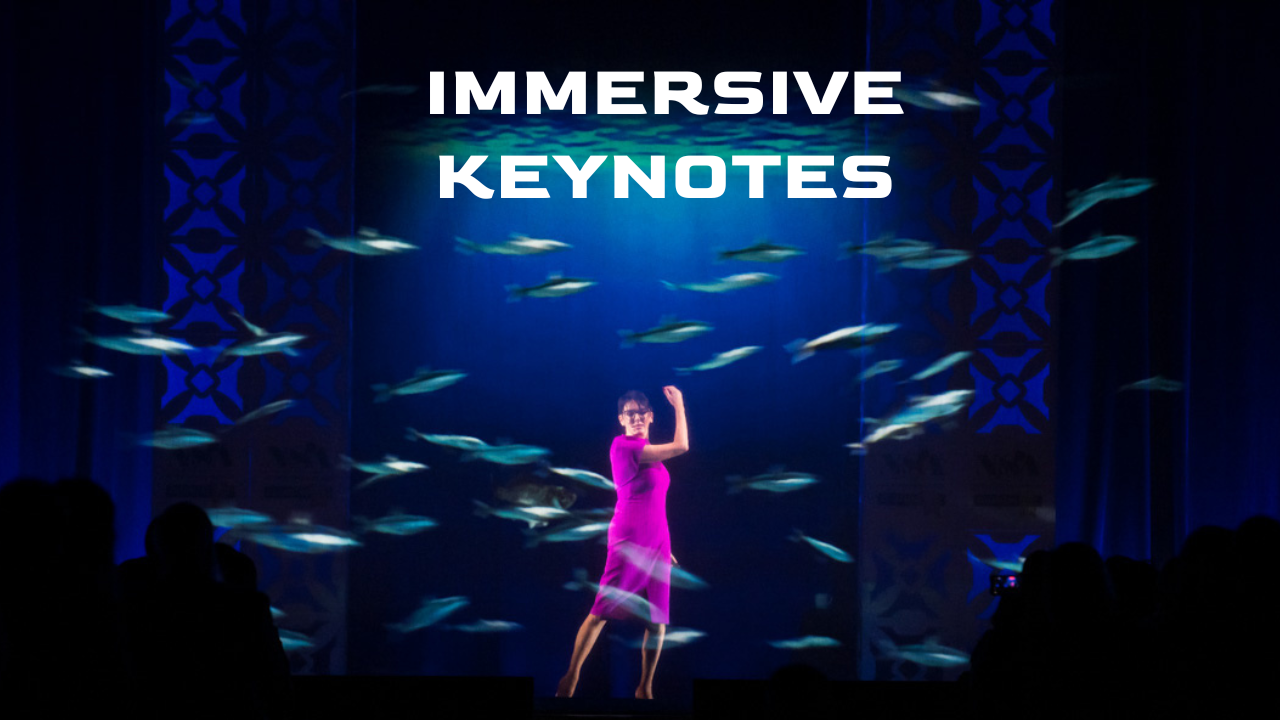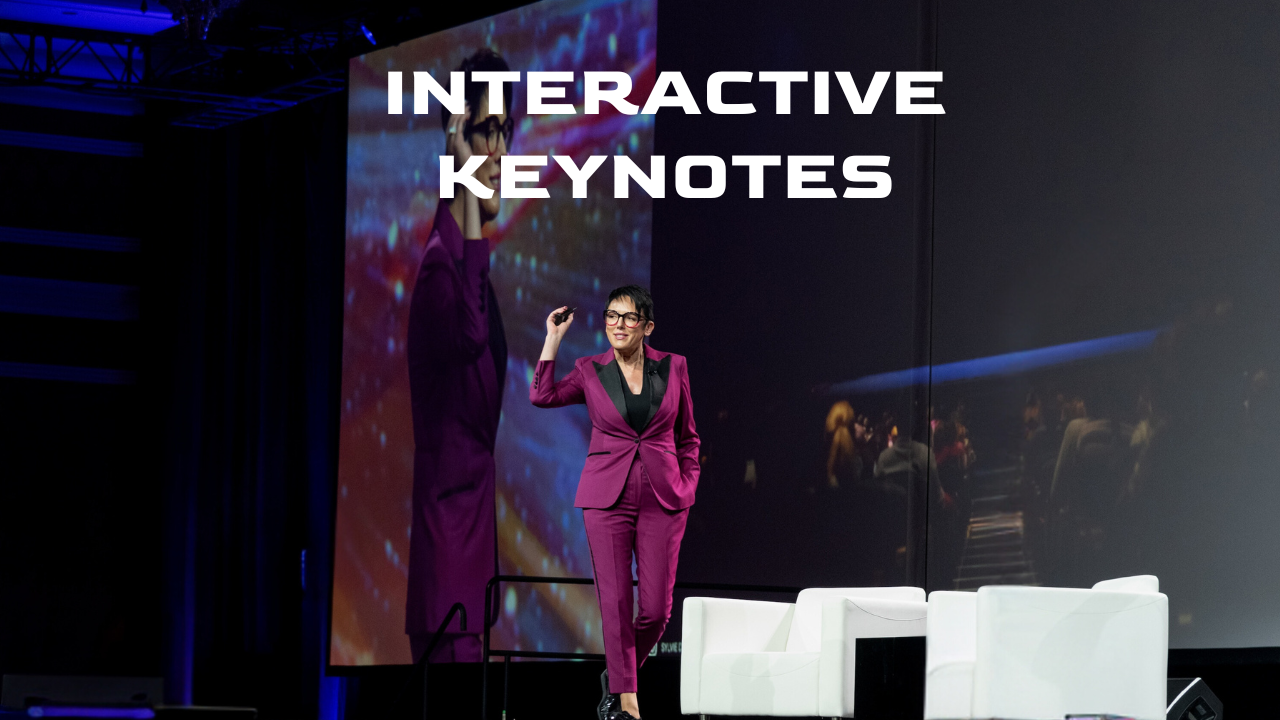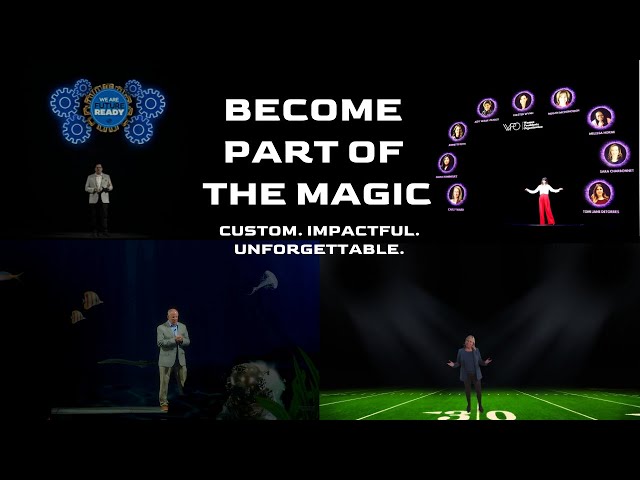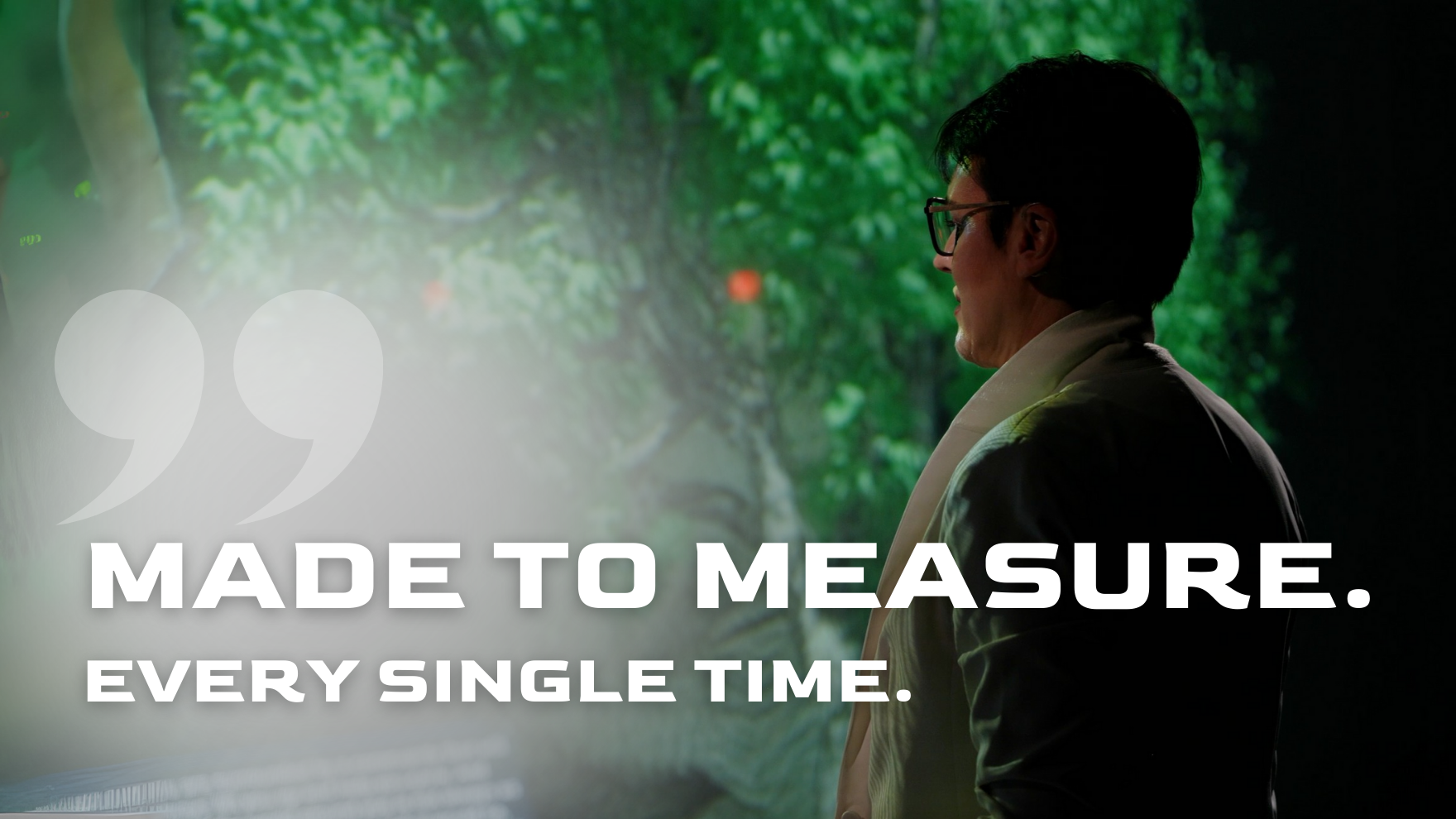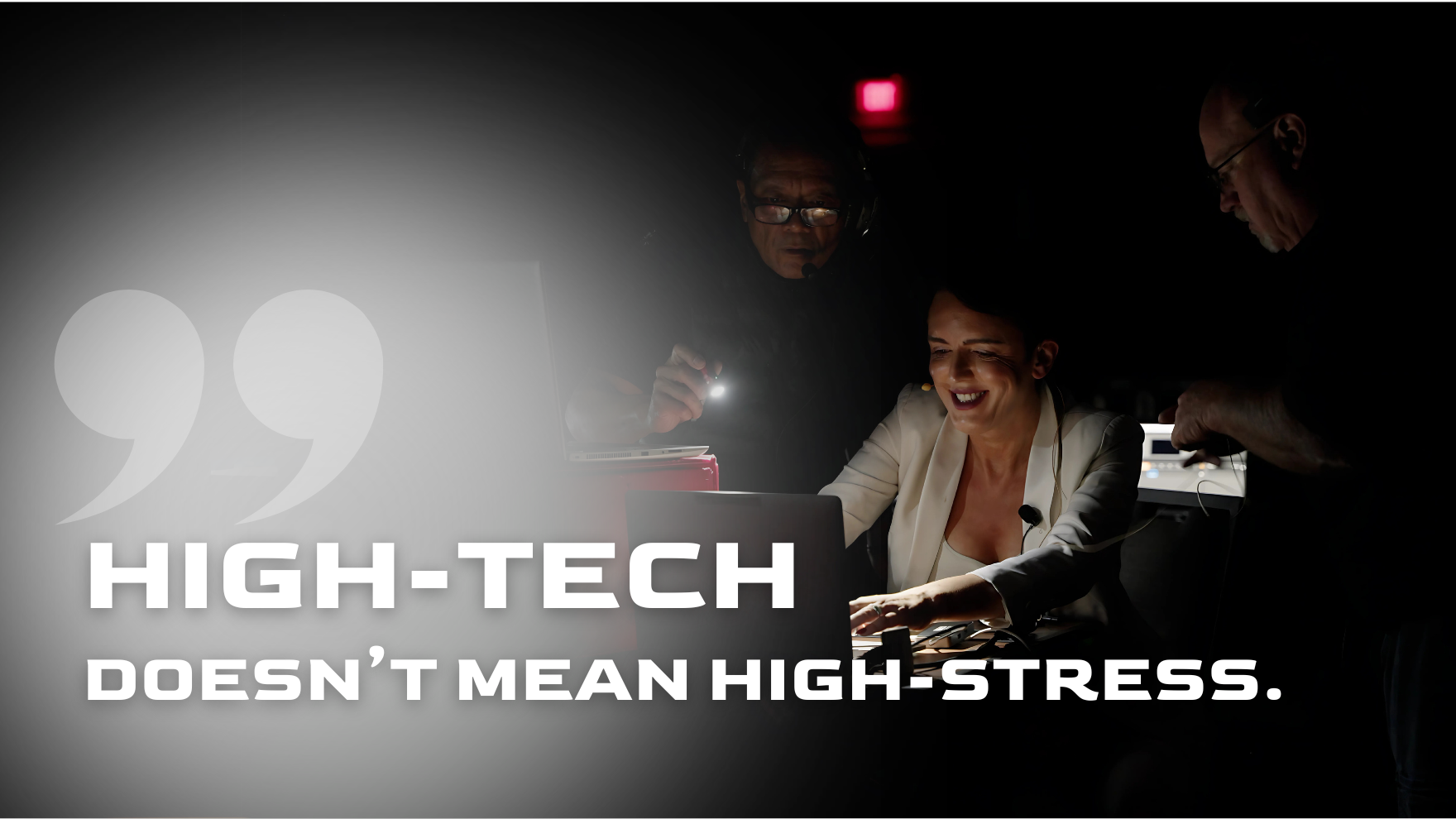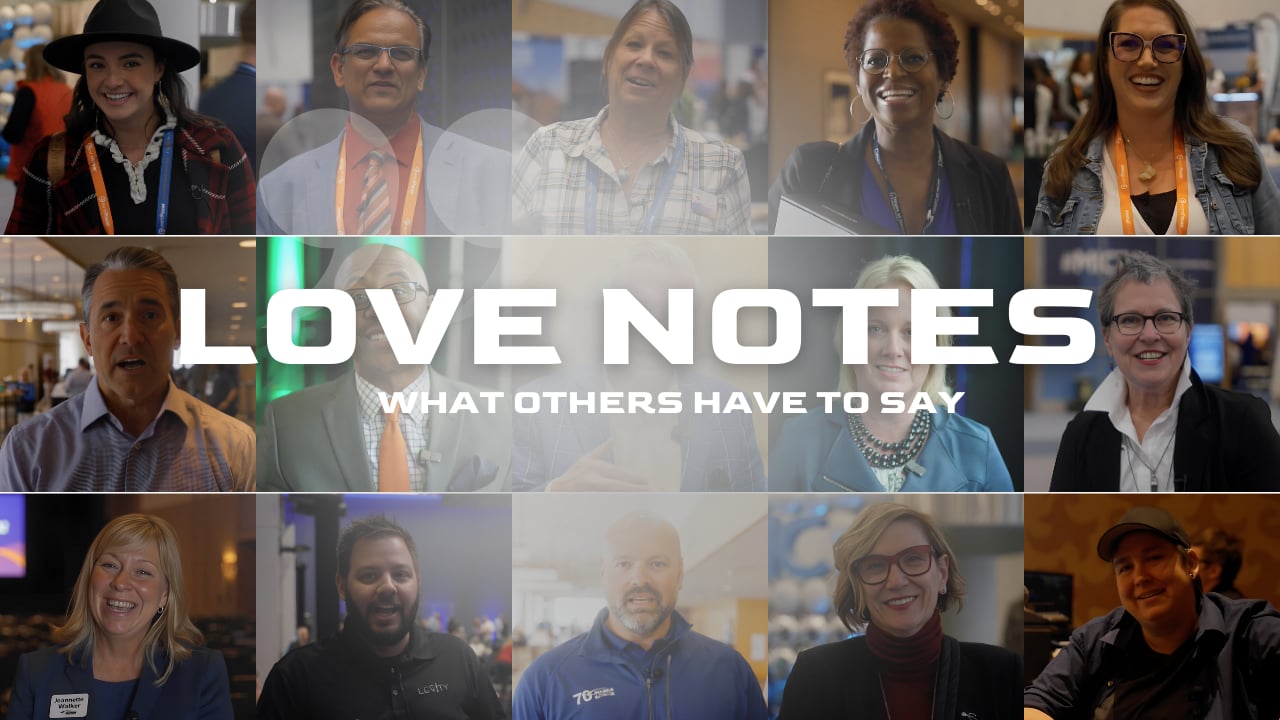The Public Speaker’s Backstage Pass: What You Don’t See But Should Know
Before the lights dim and the music swells, before the room stills and the first head turns toward the stage, something else happens. A lot of something else.
Being a public speaker may look effortless from the audience’s seat, but what you’re witnessing is the end of a very long thread. One that started days—sometimes weeks—before. One woven from flight delays, tech runs, quiet rehearsal rooms, coffee-fueled prep talks, wardrobe changes, spontaneous hugs, back-of-house magic, and the quiet click of heels walking down a hallway toward a single spotlight.
It’s not just a job. It’s not just a performance. It’s a privilege—and one I never take lightly. Being a public speaker means showing up fully, for the client, the crew, and every curious, brilliant human in that room.
Key Takeaways
- A successful public speaker doesn’t just show up. They show up early and stay late
- Preparation is everything: rehearse until it feels natural, not memorized
- Every keynote is a team effort. The speaker should never be the biggest problem
- Events work best when the speaker supports the event, not the other way around
- Emotional intelligence offstage matters just as much as stage presence
- Gratitude and humility aren’t extras; they’re essential tools of the trade
- The backstage moments are where trust is built and connection begins
- Public speaking is not about being seen; it’s about truly seeing your audience
Arrive Early, Stay Long: Why Presence Beats Performance
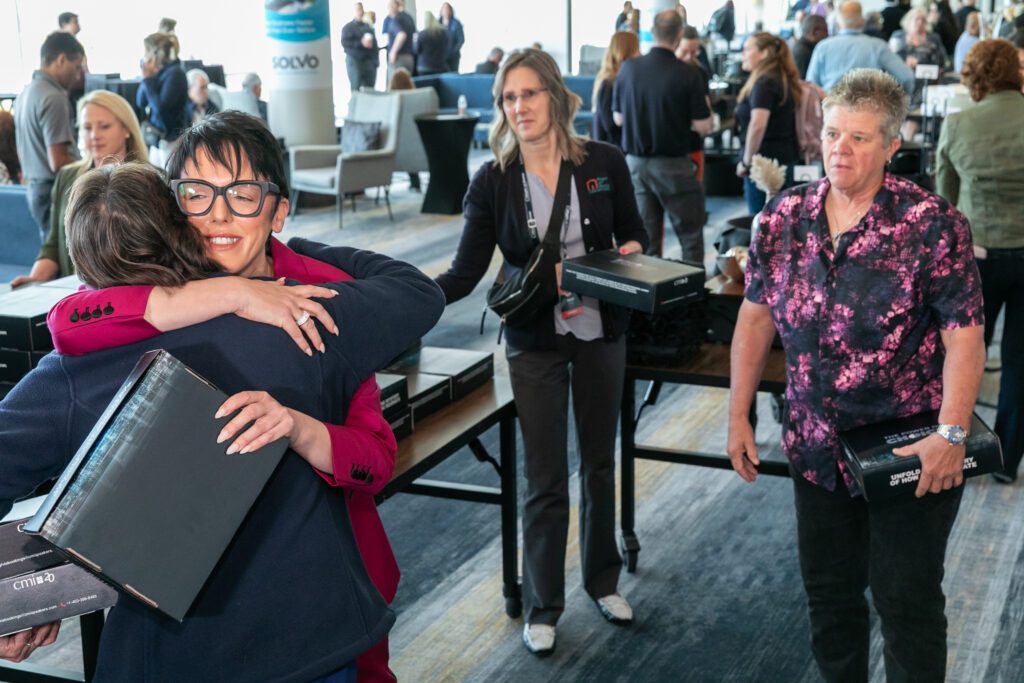
Ever been on a hot date that ended with a handshake? That’s what rushing out after a keynote feels like—awkward, unfinished, and kind of missing the point. Stick around. That’s where the real connection begins—the unscripted conversations, the quiet thank-yous, the moments that turn a presentation into a lasting impression.
Being a public speaker isn’t about jetting in just in time for the mic check and leaving with the last round of applause. It’s about presence—before, during, and after. I arrive early because relationships aren’t built from a green room. They’re built during hallway chats, at tech rehearsals, during sound checks, and shared coffees with people who’ll never be in the spotlight but who hold the show together.
I stay long because the speech might end, but the impact doesn’t. Some of the most meaningful moments happen after the stage lights go out. That’s when the real conversations start. The personal ones. The thank-yous, the handshakes, the “You made me think differently” moments.
A great public speaker doesn’t treat the keynote as the destination. It’s just the door. You show up early to find the key, and you stay late to make sure it’s still unlocked for others.
Rehearse, Rehearse, Rehearse (Then Do It Again)
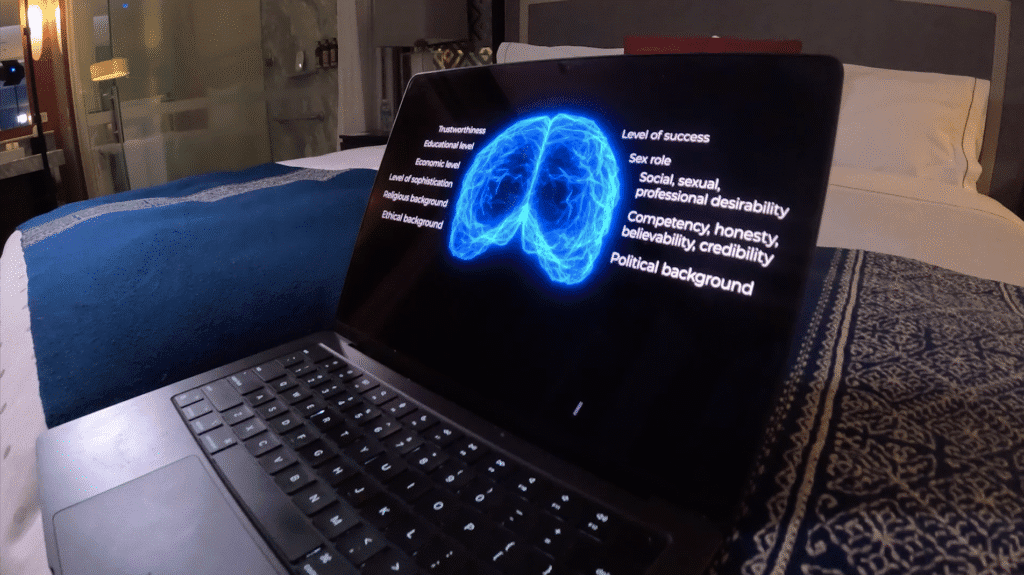
Years ago, I watched the greatest keynote speaker of all time, Mark Scharenbroich, rehearse alone in a quiet greenroom just minutes before taking the stage. It was a turning point for me. I realized that even at the very top of your career, the best still rehearse. Not because they doubt themselves—but because they respect the audience, the moment, and the message. That’s when I made a promise to myself: never wing it. Not even once.
The best public speakers make it look natural—but let’s not confuse natural with winging it. The only thing I ever wing is eyeliner.
I rehearse until the words feel like water. Until the transitions are baked into my body. Until the pauses feel like punctuation and not panic. Rehearsal isn’t about memorization; it’s about freedom. The freedom to be present, fluid, human.
Preparation is how you earn the right to improvise with intelligence. Every step is intentional, every cue precise, every layer of tech rehearsed to within an inch of its pixelated life.
If you’re a public speaker and think you’re “good enough” to wing it? You’re not good enough. Not yet. And probably never. Keep rehearsing.
It's a Team Effort—You Should Be the Easiest Part of It
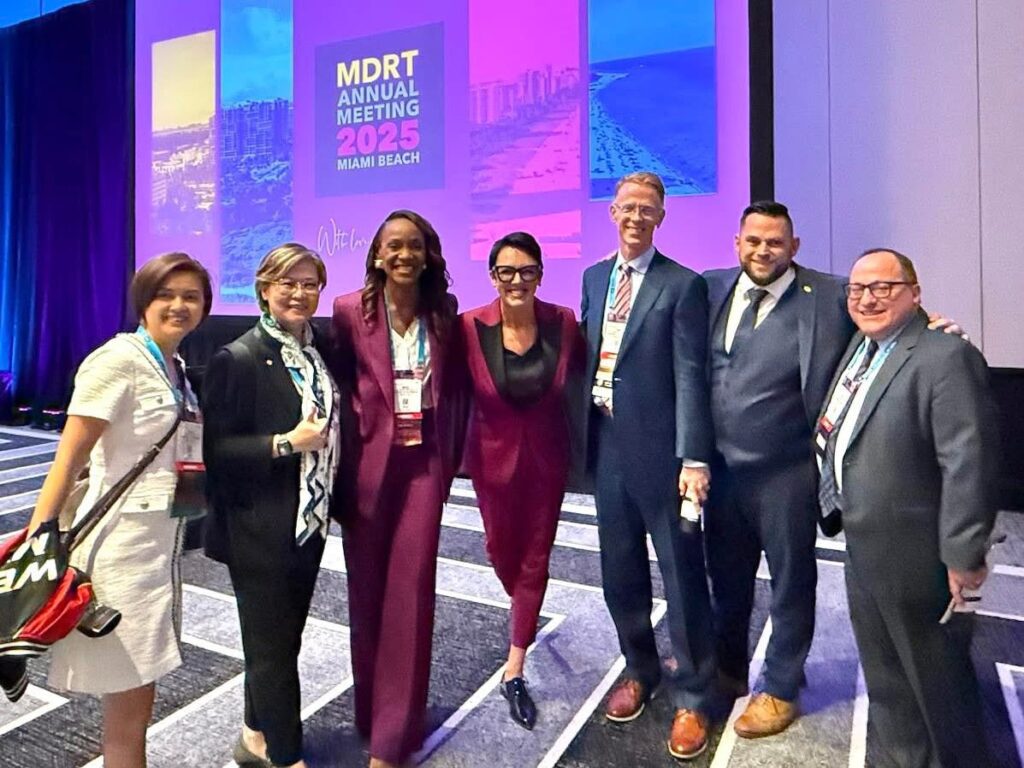
Most people see the stage. What they don’t see is the speaker selection committee, which reviewed dozens of demo reels. The event planner managing contracts, timelines, personalities, and three dozen vendor emails before breakfast. The AV crew programming cue after cue after cue. The show caller counting seconds. The producer pulling strings from a dark corner. The lighting designer setting the mood. The camera operators getting every angle just right. The translation team working live magic in a booth. The makeup artist smoothing out the stress. The hotel team flipping rooms overnight. The registration volunteers. The badge printers. The merch table staff. The digital team livestreaming. The photographer capturing the moment. The florist arranging a centerpiece that lasts five hours. The social media manager posting from three devices. The catering crew behind every coffee cup. The transportation coordinator juggling delayed flights. The executive sponsor checking the ROI.
One person onstage. Hundreds offstage. That’s what it really takes.
If you’re the public speaker and you’re also the problem—congrats, you just made it about you.
The AV crew shouldn’t be tiptoeing around your tech tantrums. The event planner shouldn’t need a backup plan for your ego. The client shouldn’t be wondering if you’ll adapt or implode.
My personal rule? I want to be the smallest issue in the room. Because events are built by teams. Dozens of humans, often under pressure, pulling off something remarkable in a tiny window of time.
That means asking questions before they need to be asked, adjusting without being asked, and never making someone chase me down for a missing slide, a delayed arrival, or a forgotten cue. It means knowing the show flow better than I know my bio and treating every team member—from the camera operator to the badge checker—with the same respect as the person who signed the check. Respect is not reserved for the highest titles; it’s practiced in the quiet, thankless spaces where real professionalism lives.
The best public speakers understand this: You’re not the center of the universe. You’re one carefully placed star in a galaxy of logistics, personalities, deadlines, and duct tape. Your job? Shine—without burning anyone.
Customization, Customization, and Then Some More Customization
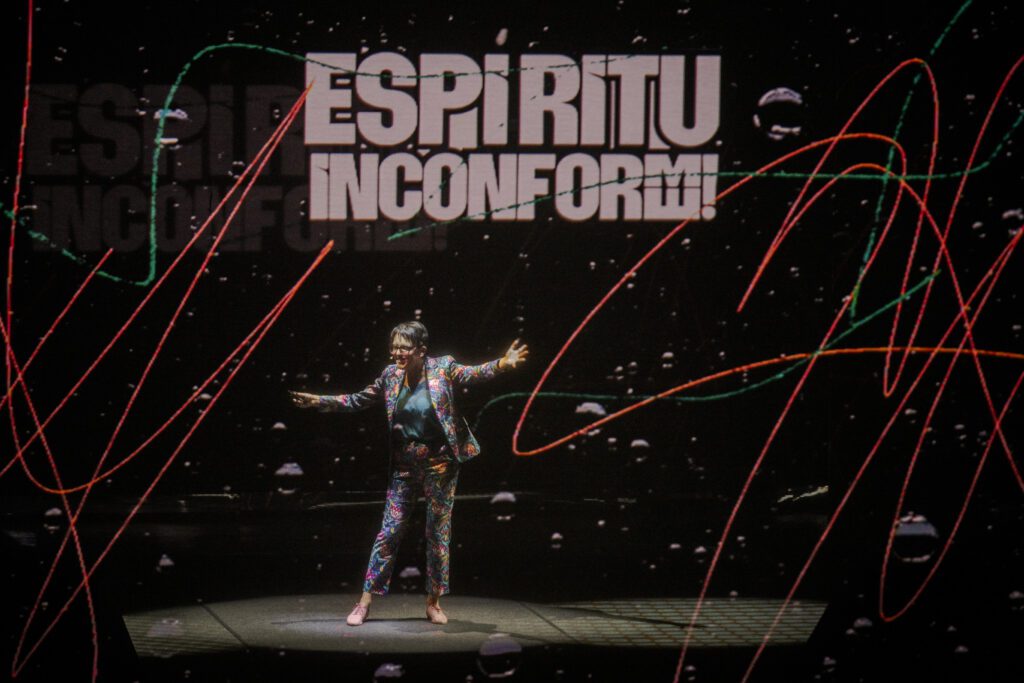
Some public speakers roll their eyes at the word “customization,” like it’s a burden. To me, it’s the greatest gift of this profession. What other career gives you a backstage pass into nearly every industry? One day, I’m learning the nuances of renewable energy. Next, I’m speaking to a room full of luxury hoteliers. One morning, I’m deep-diving into medical innovation, and before I know it, I’m with a team of elite real estate brokers.
If there’s one word I want burned into the brain of every public speaker, it’s this: customization. Not templating. Not tweaking. Customization. Deep, intentional, obsessive personalization.
When I step onto a stage, I want the audience to feel like the keynote could only have been written for them—because it was. Not for their industry in general. Not for a broad theme. For them. Their people. Their language. Their pain points, in-jokes, goals, fears, and possibilities.
Customization isn’t about flattery. It’s about relevance. When people feel seen, they listen differently.
If you’re a public speaker still reusing the same stories, same structure, same slides, same punchlines—you’re not just doing your audience a disservice. You’re robbing yourself of the chance to truly connect. Public speaking is about resonance. And resonance requires research, respect, and relentless tailoring.
Precision and Flexibility: The Paradox That Makes It Work
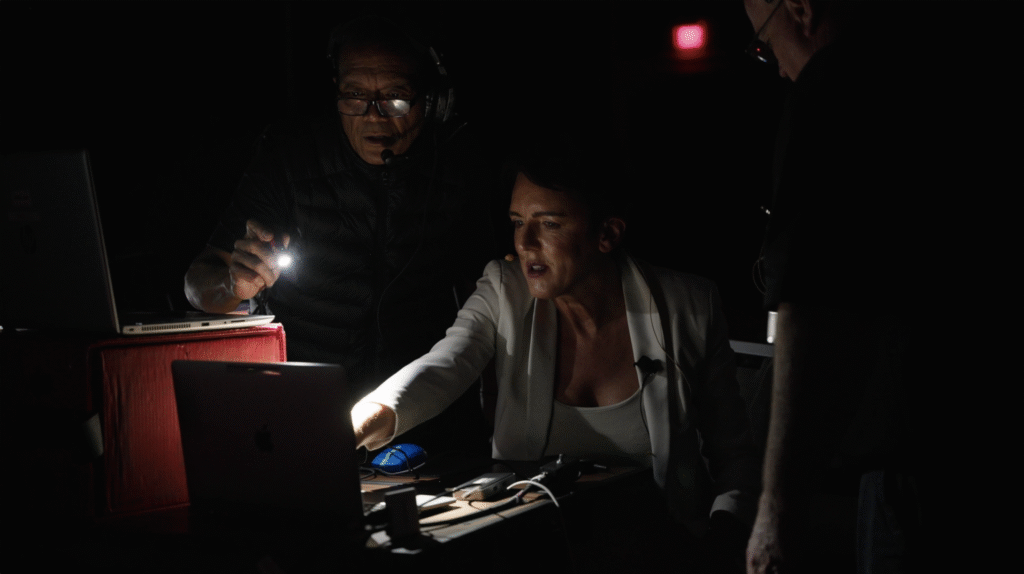
As a speaker, you should never be the one bringing surprises to an event. That’s not a badge of creativity—it’s a warning sign. But surprises do happen. Tech fails. Speakers run long. VIPs arrive late. The energy shifts. And when it does, your job is to stay steady, listen hard, and adjust without making it anyone else’s problem. Flexibility isn’t about being casual; it’s about being so prepared that you can respond with calm, clarity, and care—even when nothing is going to plan.
Great public speakers walk a tightrope between two poles: control and adaptability. You plan down to the minute, and then let go of the clock when someone else needs five more. You know your script by heart, and ditch it when the room shifts and something deeper calls.
Behind every smooth sequence was a thousand micro-adjustments: shifting cues, different lighting setups, AV recalibrations, guest timing. And yet, onstage, it had to feel like one seamless breath. It had to feel as though it had never been rehearsed at all—because the audience isn’t there for perfection, they’re there for presence.
That’s the paradox. The more tightly you prepare, the more gracefully you can let go. Flexibility isn’t the opposite of discipline; it’s the reward of it. When things inevitably change, as they always do, your ability to pivot with poise and purpose is what sets you apart as a true professional.
Being a public speaker means learning to be both rock and river. Unshakeable. Fluid. Always listening. Always adjusting. Always tuned to the moment, even if the moment surprises you.
Gratitude Isn't a Postscript—It's Part of the Job
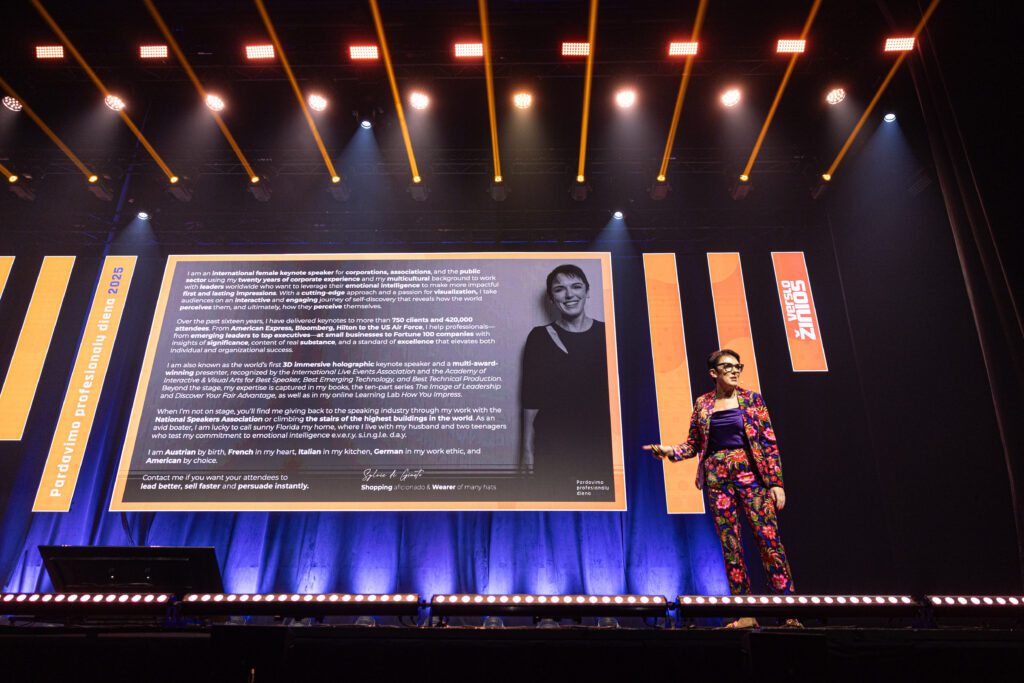
Sales speaker Sylvie di Giusto shared how to connect personal value to every stage of the sales funnel, turning strengths into strategic assets. With insight and humor, she showed how self-awareness and customization can lead to real competitive advantage—one buyer conversation at a time.
It’s tempting to think the stage is the reward. But the real gift? Is being trusted in the first place.
Every keynote is an invitation. Every client is a gatekeeper saying, “Yes, we believe you’ll make a difference here.” That’s not just work—it’s sacred. It’s a moment of trust that deserves preparation, presence, and a deep sense of responsibility.
I don’t walk into a venue thinking, “Here we go again.” I walk in thinking, “How lucky am I to get to do this?” My job is to repay that trust with excellence, humility, and presence. And that means honoring every detail, every request, every name I’ve taken the time to learn.
Gratitude isn’t something you save for the thank-you email. It’s something you bring into every room with you. You carry it in your posture, your tone, your attitude. It shows up in how you greet the janitor and how you say goodbye to the CEO. Gratitude is not a footnote—it’s the foundation.
The Public Speaker’s Power Comes From What You Don’t See
What makes a public speaker memorable isn’t just the delivery. It’s the alignment. The integrity. The way the backstage matches the onstage. When you do the prep, serve the team, rehearse with discipline, and lead with humility—people feel it. Even if they can’t name it.
That’s what this video is about. Not just showing you the “how”—but showing you the “why.” Why I show up early. Why I rehearse relentlessly. Why I believe the public speaker should never be the diva in the room.
So the next time you see someone step on stage and make it look easy, remember: it only looks that way because they made the choice to do the hard, quiet, unglamorous things first.
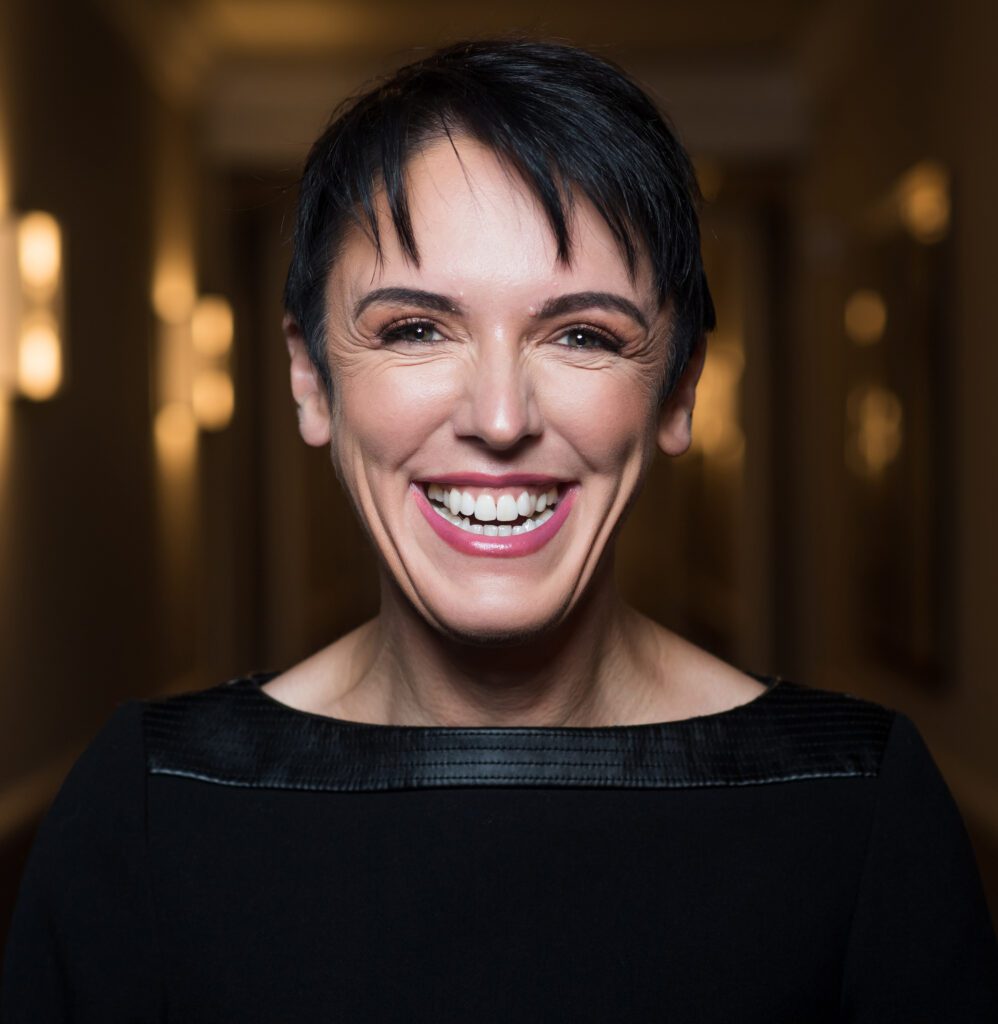
As a public speaker, I help organizations and professionals sharpen their competitive edge by standing out for all the right reasons. Through highly customized keynotes and immersive experiences, I work with audiences to uncover what sets them apart—and how to turn that distinctiveness into real influence. My approach combines emotional intelligence, behavioral psychology, and practical strategy to challenge the expected and elevate the memorable.
Curious what that looks like in action? Explore my keynotes here.
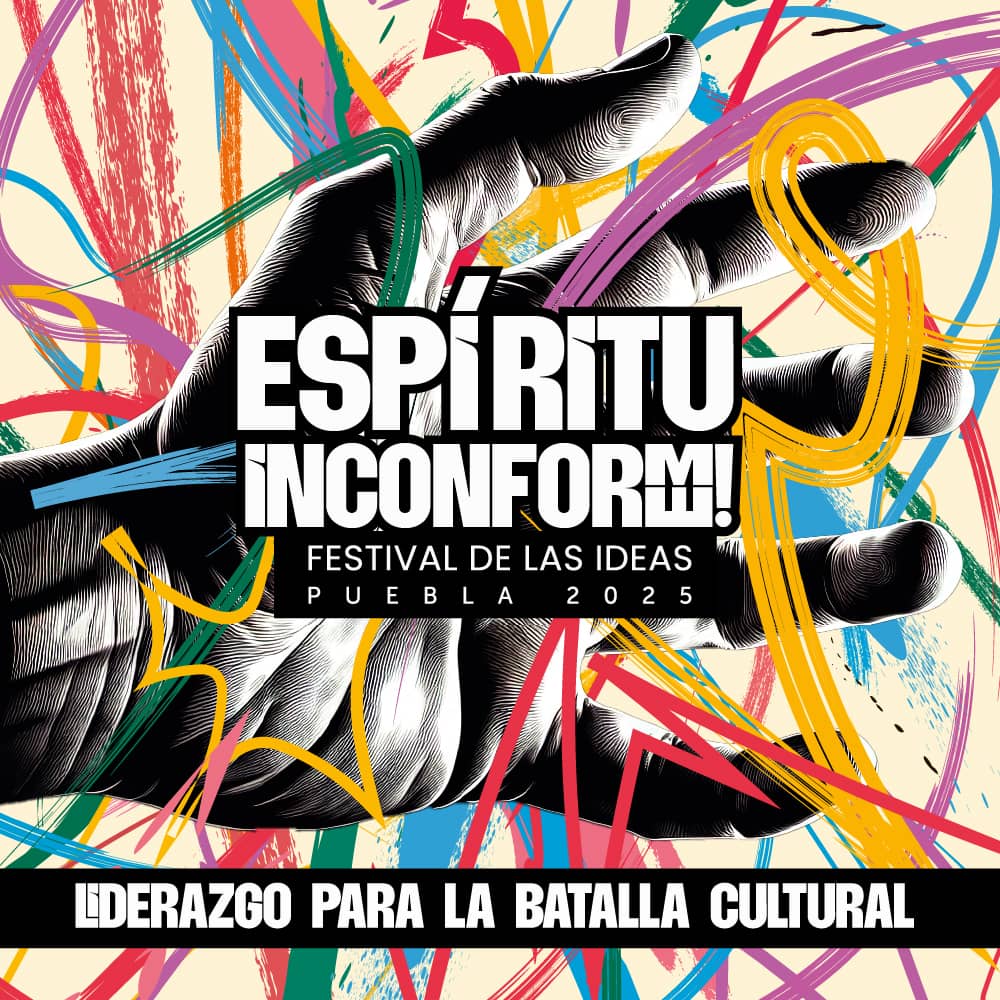
The Festival de las Ideas in Puebla, Mexico is a bold, future-forward gathering that brings together some of the world’s most visionary minds to spark dialogue, challenge norms, and ignite action. Part think tank, part cultural catalyst, the festival blends art, science, technology, and leadership into a three-day immersive experience. With audiences ranging from young professionals to global changemakers, it’s a platform where public speakers don’t just present—they provoke, inspire, and engage with purpose.
Learn more about the Festival here.
